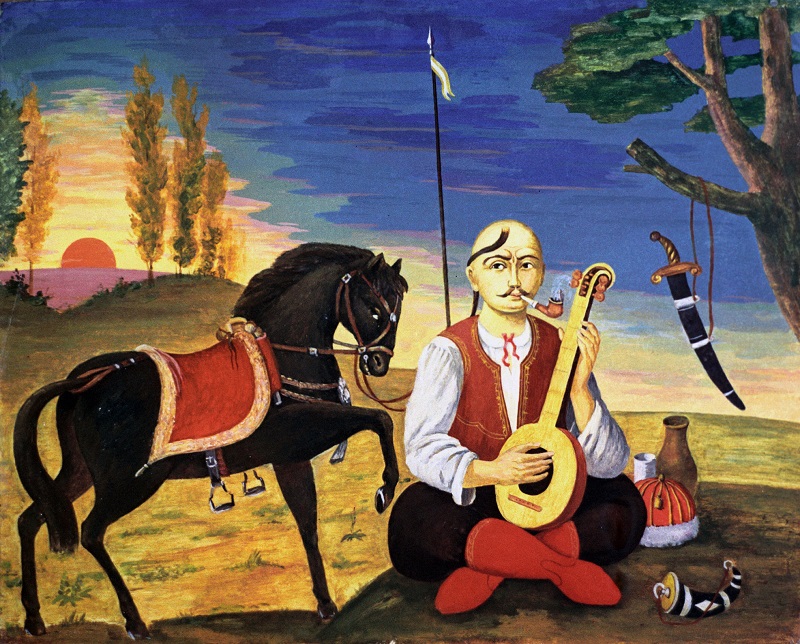A “Eurasian” Ukraine
The Russian aggression in eastern Ukraine has given new life to the archetype of Ukraine as a bulwark which defends Europe. As Mykhailo Hrushevskiy, the father of Ukrainian historiography, once wrote, Ukraine has played “an honourable role in protecting European civilisation from Asiatic hordes”. Ukrainian nationalists tend to orientalise Russia which is portrayed as an Asiatic or Eurasian tyranny formed by the allegedly authoritarian Mongols.
February 26, 2018 -
Adam Balcer
-
History and MemoryIssue 2 2018Magazine

The “Kozak Mamay”, as depicted by Pavlo Mikheyev, is shown with a bandura (a steppe music instrument), which became a Cossack icon. Photo: Pannattamm (CC) commons.wikimedia.org

































